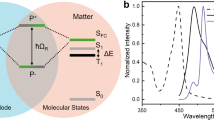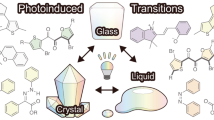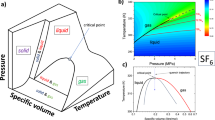Abstract
THE reason mentioned by Sir Oliver Lodge (p. 5) for the border seen between light and dark regions on photographs is not the only one. In the denser regions of a negative the developer gets more exhausted or restrained than in the thinner regions, and this affects the adjacent parts. At the junction of a dense and a thin area the edge of the thin part is made thinner by the restraining compounds (bromide, oxidised pyrogallol, &c.) derived from the denser part, while, on the contrary, the edge of the denser part is made denser by the less exhausted developer flowing from the thin area. This effect is apt to be the more marked when the developer is already well restrained, as by staleness or the addition of much bromide.
This is a preview of subscription content, access via your institution
Access options
Subscribe to this journal
Receive 51 print issues and online access
$199.00 per year
only $3.90 per issue
Buy this article
- Purchase on SpringerLink
- Instant access to full article PDF
Prices may be subject to local taxes which are calculated during checkout
Similar content being viewed by others
Author information
Authors and Affiliations
Rights and permissions
About this article
Cite this article
ALLEN, F. Border occasionally seen between Light and Dark Regions on Photographic Plates. Nature 73, 29 (1905). https://doi.org/10.1038/073029a0
Issue date:
DOI: https://doi.org/10.1038/073029a0



